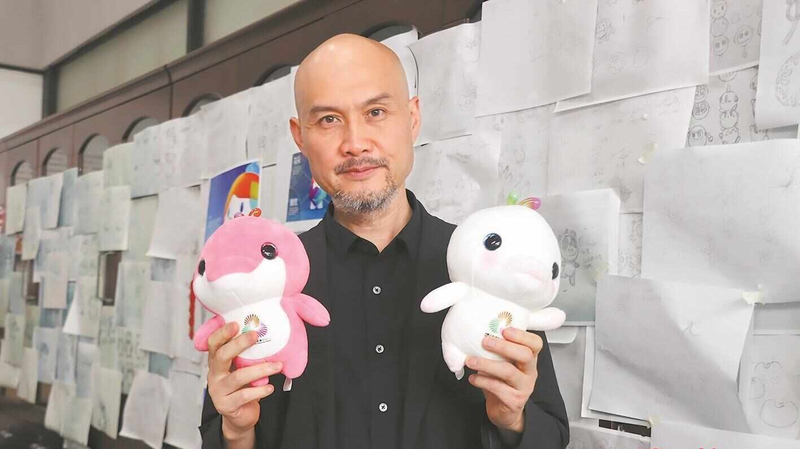In a recent interview with Sports Scene, Cao Xue, the designer who brought the Winter Olympic mascot Bing Dwen Dwen to life, opened up about his role as a torchbearer at the 15th edition of the National Games in the Chinese mainland and the distinct power of emblems versus mascots.
According to Cao, the emblem of the Games serves as a global flag—abstract and symbolic, it captures the event’s overarching vision. The mascot, on the other hand, takes a humanized form: a relatable character that connects fans, young and old, turning complex ideals into approachable stories. "A mascot is our bridge to the audience," he explains, "it speaks in smiles and actions rather than slogans."
Looking back on Bing Dwen Dwen’s debut at the 2022 Winter Games, Cao recalls a defining moment when former IOC President Thomas Bach praised the panda-themed figure, calling it an "ambassador of joy" for the entire event. That endorsement, Cao says, proved the mascot’s ability to transcend language barriers and resonate with a global crowd.
Carrying the torch this year, Cao describes feeling a new kind of responsibility. "In the studio, you’re focused on every brush stroke. As a torchbearer, you’re carrying a mission," he reflects. The relay ignited a sense of purpose that went beyond design—it was a moment of unity, shared by millions along the route.
For young designers and sports fans around the world, Cao’s insights highlight how thoughtful symbols can build community, boost cultural exchange, and turn any event into a story worth sharing. As we anticipate future games, one thing is clear: when emblem and mascot work in harmony, they transform a competition into a global celebration.
Reference(s):
Designer of Bing Dwen Dwen recalls Bach praise and torch-bearing honor
cgtn.com




